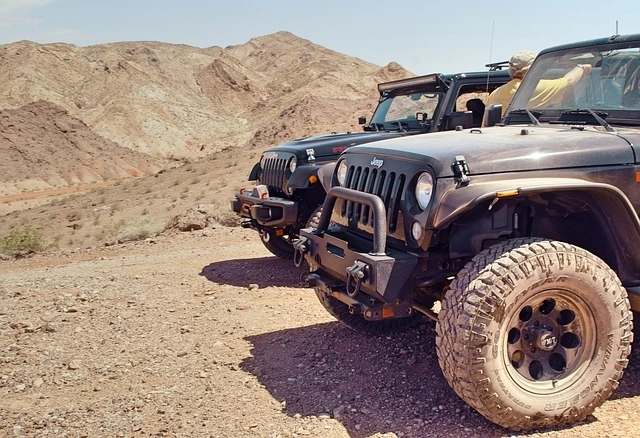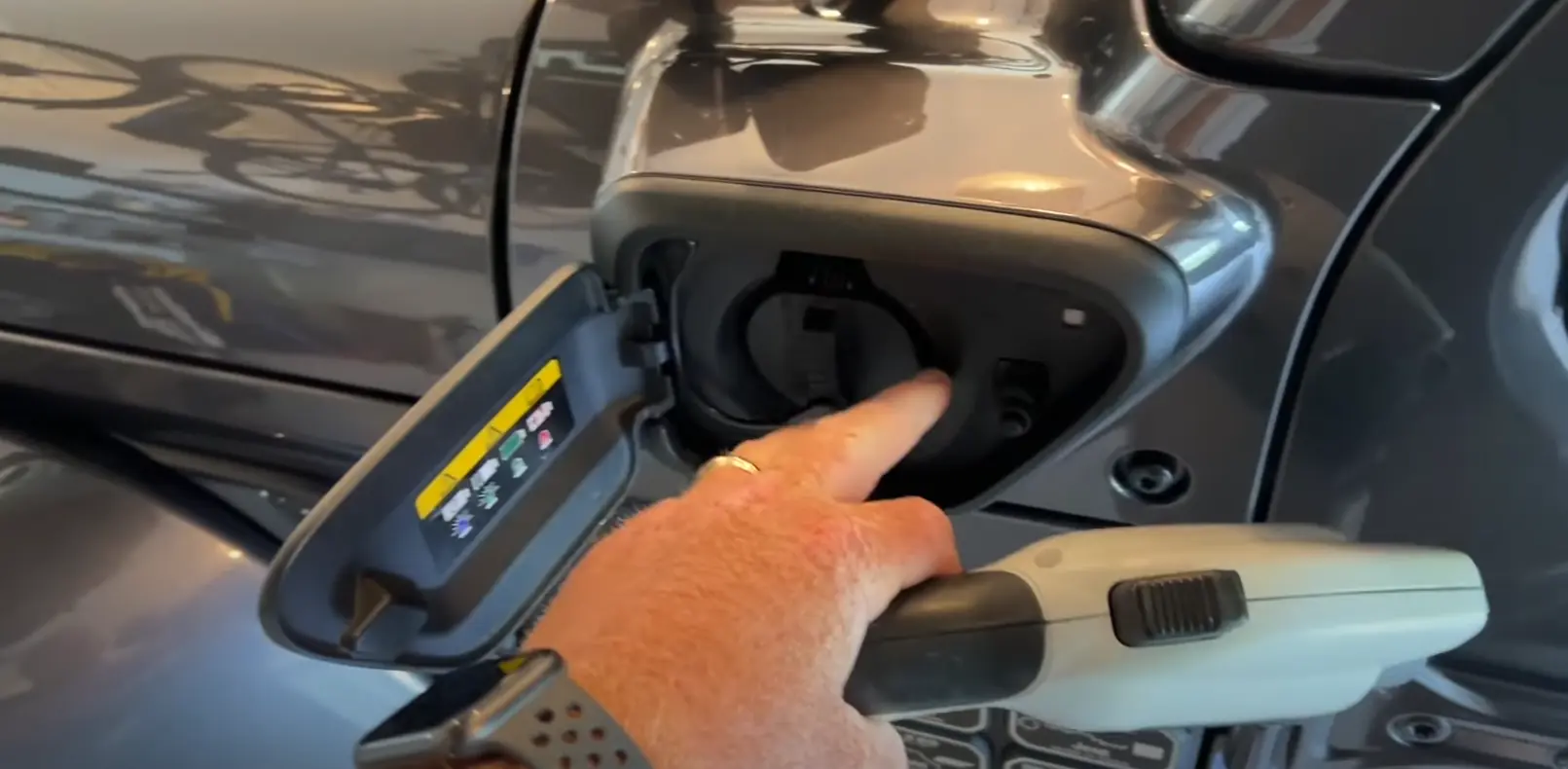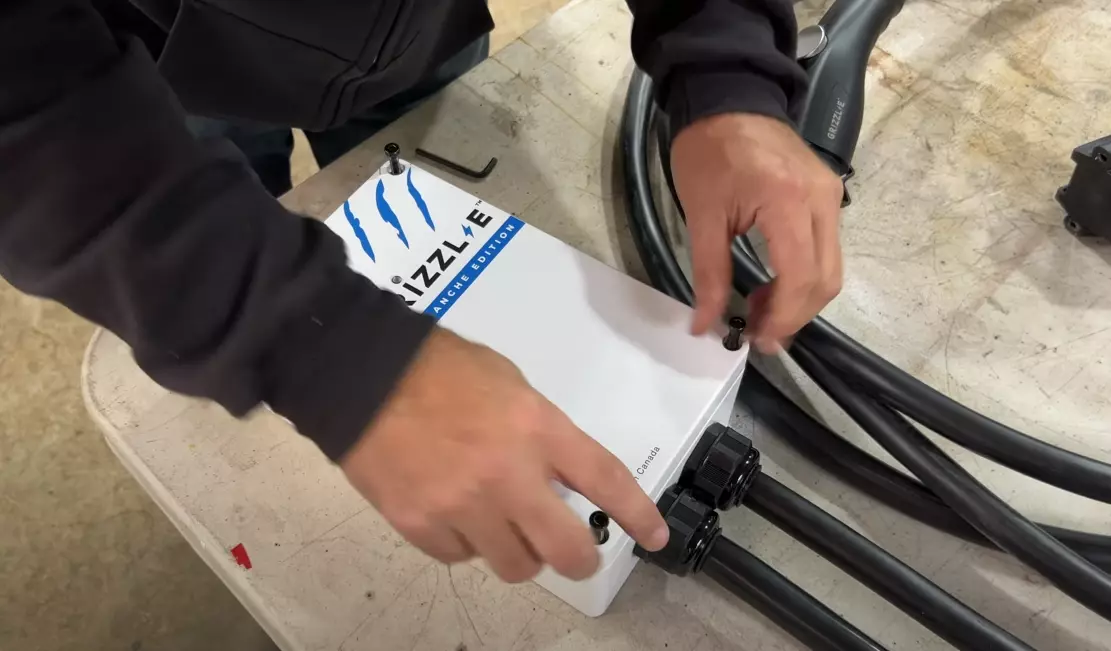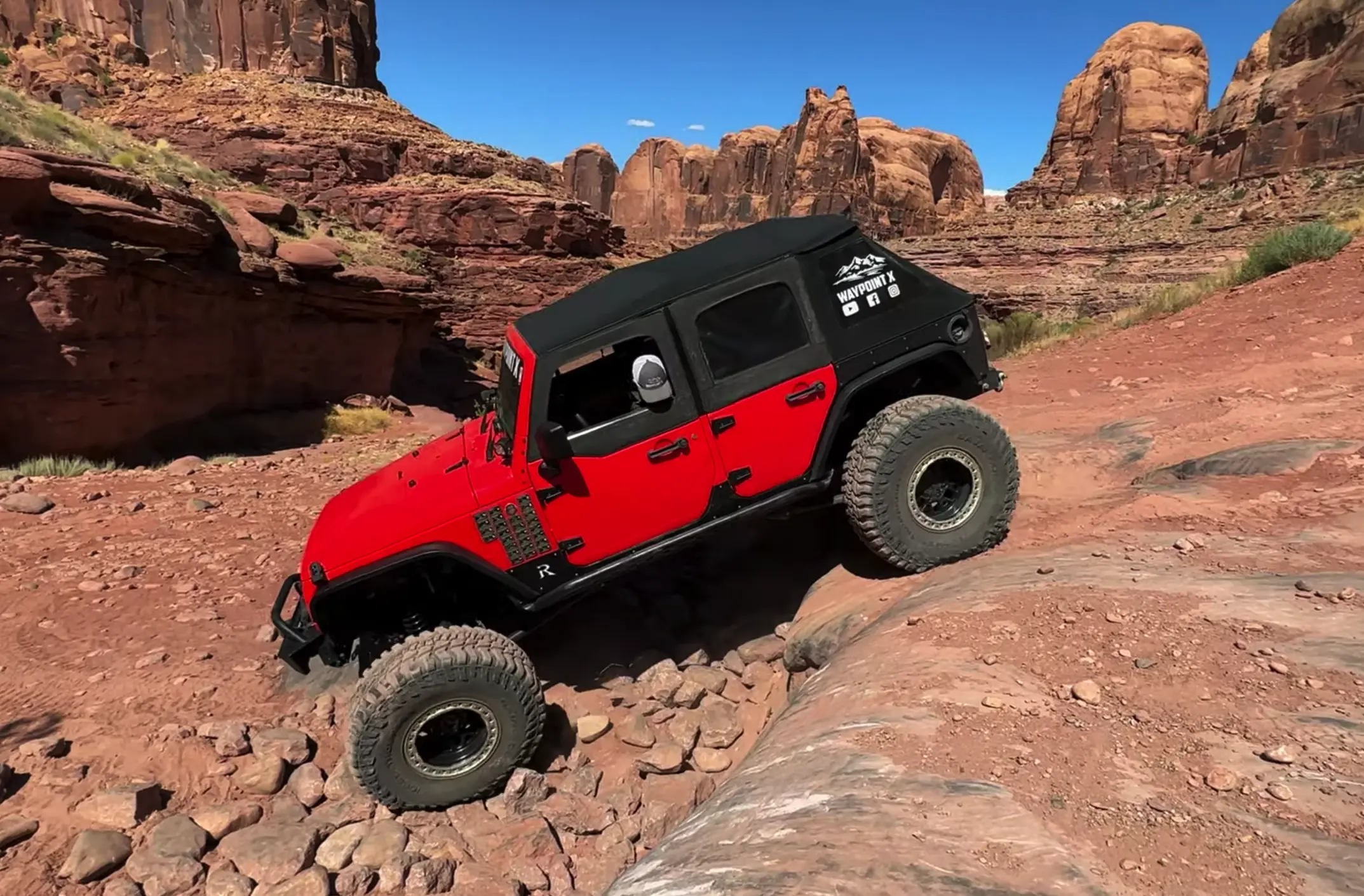
We will share our list of Jeep Wrangler years to avoid based on common issues reoccurring in almost all the Jeep Wranglers manufactured in the said year.
The most common Jeep Wrangler issues we will focus on to help us list Jeep Wrangler years to avoid are electrical, suspension, engine, fuel system, and transmission problems.
Most people say Jeep Wranglers are unreliable due to the high cost of repair parts and the frequency of repairs. But amongst the most abused SUVs in the market are the Jeep Wrangler, the most used offroading SUV. People love Jeep Wranglers for their offroading and performance capabilities; however, they are not immune to problems; some years have more problems than others.
This guide lists the top 5 Jeep Wrangler years to avoid and why you should avoid them if you want to buy an old Jeep.
Which Jeep Wrangler Years to Avoid and Why?
Our list of the top 5 Jeep Wrangler years to avoid include 2008, 2007, 2012, 2014, and 2013 Jeep Wrangler in that order.
2008 Jeep Wrangler Problems
The 2008 Jeep Wrangler has issues with its electrical system, and users report issues relating to the Totally Integrated Power Module (TIPM) failing and the issue with the engine starting. The TIPM is a device full of relays and other electronic components to control the electrical system.
The TIPM is a common failure point for the 2008 Jeep Wrangler. You will experience issues such as your Jeep dashboard restarting, brake lights stuck on, and starting issues, among other Jeep parts connected to your Jeep’s electrical system. The cost to repair a failed TIPM is close to $1,000 and involves replacing the TIPM, and some Jeepers are having success when they flash out their TIPM and PCM.
Another common issue with the 2008 Jeep Wrangler is the death wobble; a death wobble is a scary event that shakes your vehicle violently and is caused by either loose, old, or worn-out ball joints, track bar, stabilizer bar, steering stabilizer, damper and steering linkage or disengaging your Jeeps traction control.
The 2008 Jeep Wrangler tops our list of the top five Jeep Wrangler years to avoid because of its TPS failure that affects the Jeep’s handling capabilities. The 2008 Jeep Wrangler has many electrical problems that cause the TPM to fail when the TPM fails, it will send the wrong voltage reading, and your check engine will light up; it will also send information to your Jeeps transmission leading to unexpected shifting that is dangerous when driving the Jeep.
2007 Jeep Wrangler Problems
Among the leading problems common with 2007 Jeep Wranglers are the suspension system resulting in the death wobble, components resulting in the death wobble, or vibration when driving a 2007 Jeep Wrangler, including steering shock, ball joints, steering stabilizer, and track arm bushing.
Jeepers with 2007 Jeep Wranglers have also reported many cases of their engine failing, knocking, or dying when driving or leaking oil from the timing belt. Hydro-locked engines are also reported not because of water getting into the Jeeps engine but because of an excessive amount of fuel or engine getting into the combustion chamber caused by cease or damage of internal components of the Jeeps engine.
There are also reports of TIPM failing when driving the 2007 Jeep Wrangler, and the failure of the TIPM will stall the engine and cause other electrical problems; most 2007 Jeep Wrangles are repaired by replacing the TIPM with a new one after failure.
2012 Jeep Wrangler Problems
Amongst the top leading problems experienced in 2012, Jeep Wranglers are related to electrical problems that cause TIPM Failure. Typical problems experienced after a 2008 Jeep Wrangler TIPM failure include engine stalling when driving, Jeep cranks but won’t start, and airbags deploying randomly. Most problems have been solved by replacing the TIPM, but the problems still occur because other electrical issues might have caused the TIPM to fail.
The 2012 Jeep Wrangler has been included in our top 3 Jeep Wrangler years to avoid because of engine problems; most of the 2012 Jeep Wrangler’s engine problems are due to overheating or head gasket failure. In severe cases, the 2012 Jeep Wrangler engine problems often lead to replacing the engine heads, engine, or engine rebuilding.
Another common issue reported by Jeepers with the 2012 Jeep Wrangler is problems relating to their AC/Heater. 2012 Jeep wranglers AC heater issues are mainly related to issues with the Jeep’s heater core, radiator, blend door actuator, or electrical system failure.
2014 Jeep Wrangler Problems
Number four of the Jeep Wrangler years to avoid is the 2014 Jeep Wrangler, and the 2014 Jeep Wrangler has had its owners worried because of the frequent oil housing leaks; the house leaks are very dangerous and have caused some of the Jeeps engines to stall when driving, this is because when there is an oil leak in the engine moving parts in the engine are not lubricated well which results in the engine parts seizing up.
Other common issues with the 2014 Jeep Wrangler are related to electrical problems that cause the engine not to start; owners of the 2014 Jeep Wranglers have reported issues with their TIPM, ECM, Shift Control, and TPS models. Other electrical problems include faulty speed sensors that can cause abnormal automatic operation, especially on automatic transmission Jeep Wranglers manufactured in 2014.
Other issues relating to the 2014 Jeep Wrangler are transmission problems that cause slipping and harsh shifts, especially on automatic Jeep Wranglers; other owners of 2014 Jeep Wranglers have reported experiencing a delay in 3-4 or 4-5 gear changes where the transmission doesn’t want to go into the directed gears.
2013 Jeep Wrangler Problems
The 2013 Jeep Wrangler is also another Jeep Wrangler year you should avoid; this is because the Jeep Wrangler has issues with its engine related, mainly related to sensors such as the crankshaft position sensor. A faulty crankshaft position sensor will most likely cause your engine to stall intermittently and have issues starting the vehicle, and your engine light will likely light on.
Users of 2013 Jeep Wranglers have also reported issues with their TIPM module, which is an electrical problem; a bad TIPM can cause other electrical parts and components to stop working, such as your AC, headlights, wipers, horn, signal, etc.
Owners of the 2013 Jeep Wrangler have also complained of problems with their steering system that causes death wobbles and power steering pump failure, which makes handling worse, especially when turning a corner; owners of 2013 Jeeps claim that the steering is slow to respond and a whining sound from the steering. You will likely have zero steering assist and stiff steering with a failed steering pump.
Final Thoughts.

We have now concluded our list of the top 5 Jeep Wrangler years to avoid. We hope you are informed of the problems you will likely face when buying a used Jeep Wrangler manufactured in the years 2008, 2007, 2012, 2014, and 2013, and this is not to say that all Jeeps manufactured in these years must have this problem. Still, there is a high chance of the problems occurring since these are the most common issues.
If you have a friend looking forward to buying a used Jeep, feel free to share this article with them, as sharing is caring.

About the Author: James Ndungu
James Ndungu is a seasoned automotive professional with a deep passion for Jeeps. With 40 years of experience in owning, testing, and reviewing various Jeep models, James has gained extensive first-hand knowledge and expertise. He shares his insights, tips, and advice through his engaging writing, helping fellow Jeep enthusiasts navigate the exciting world of Jeeps.






